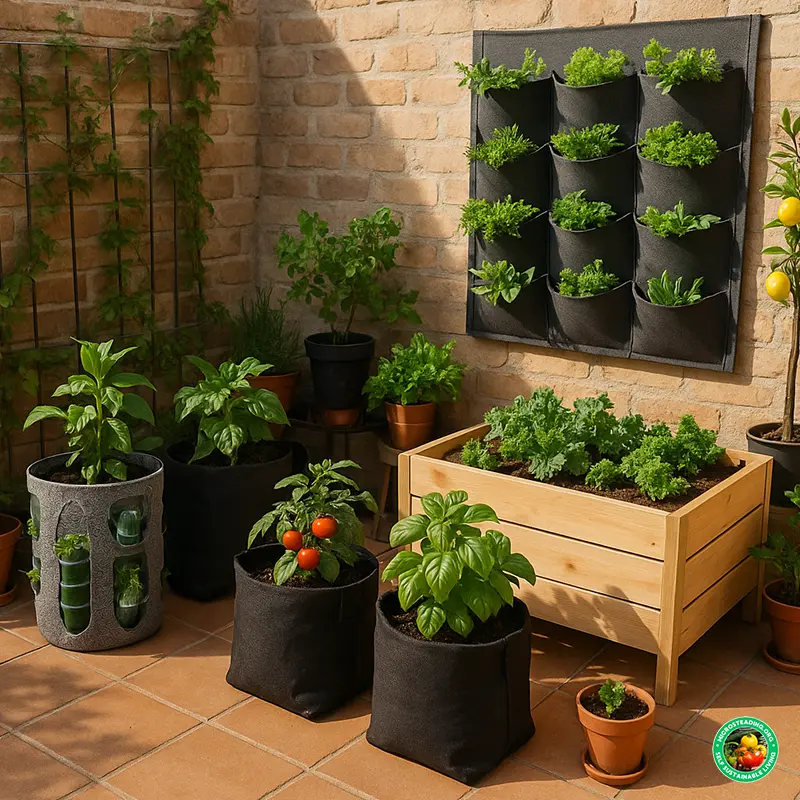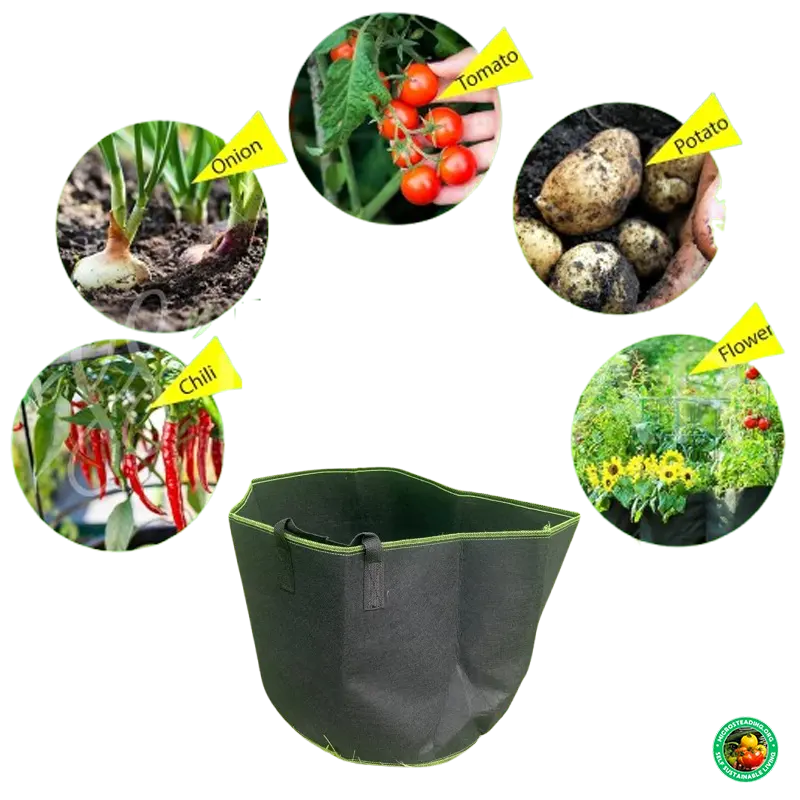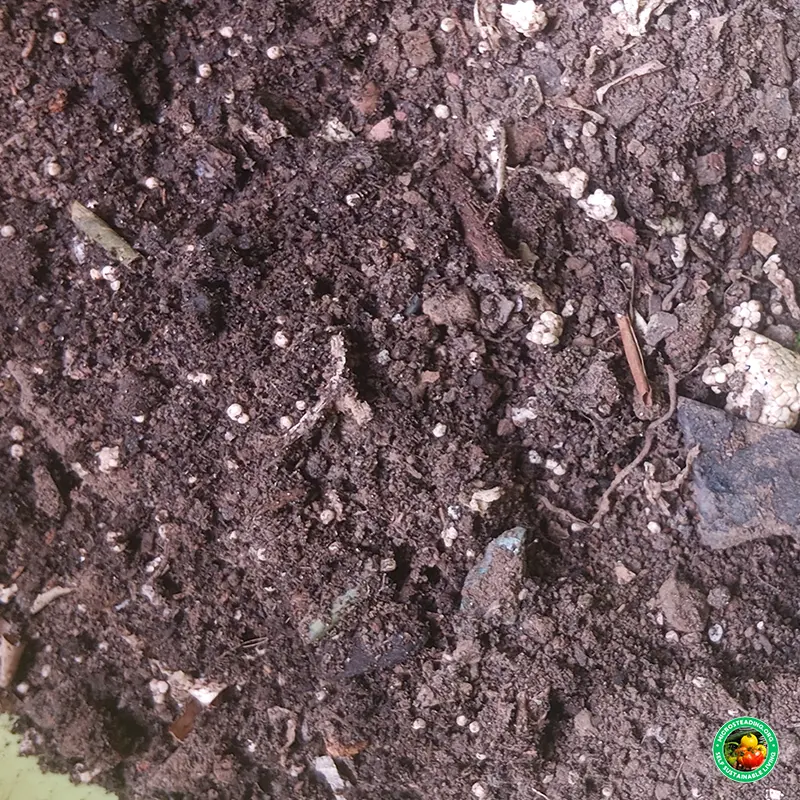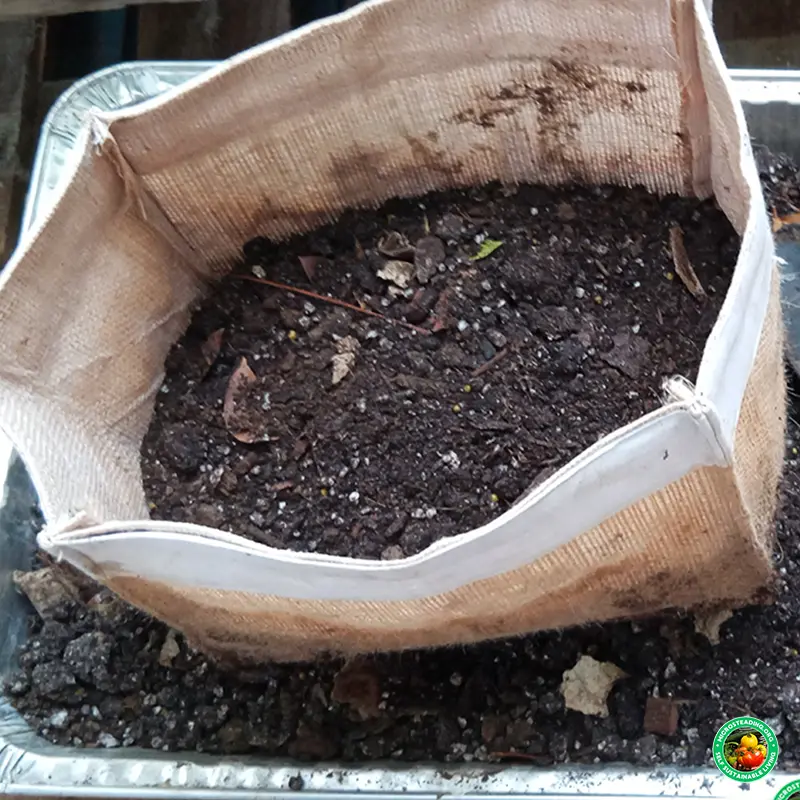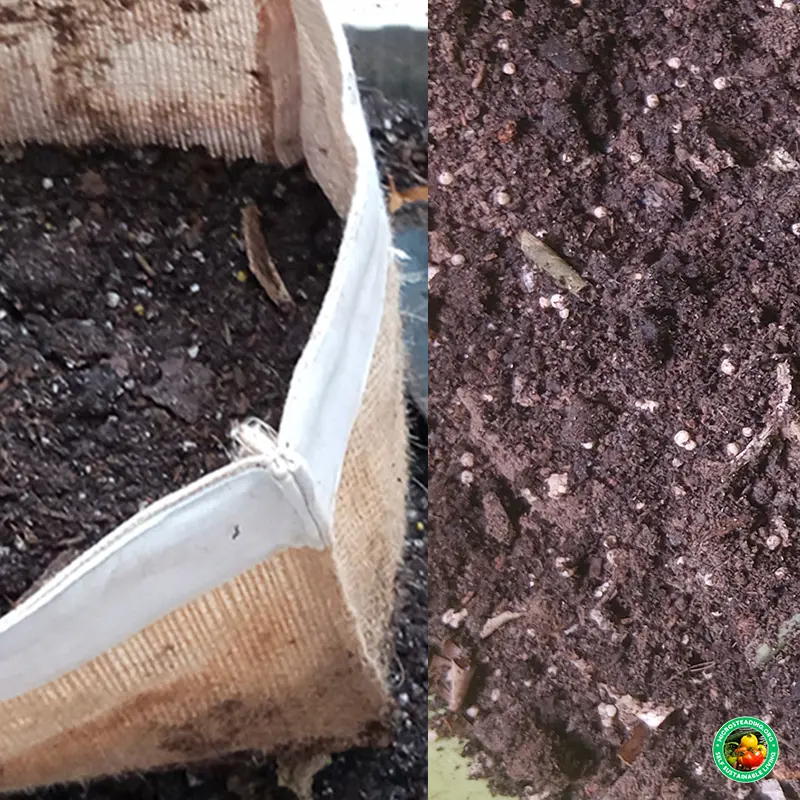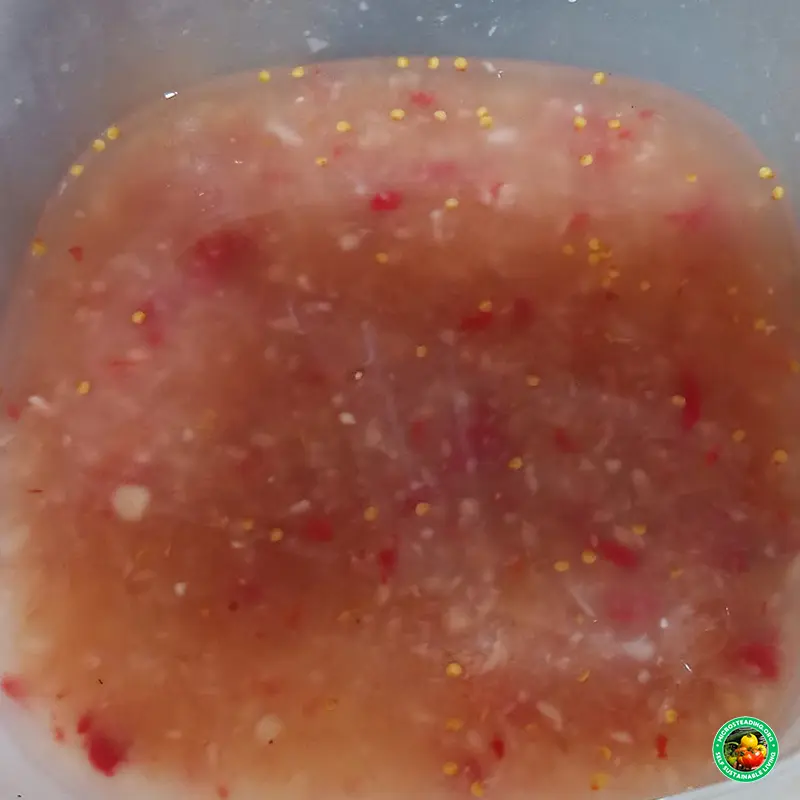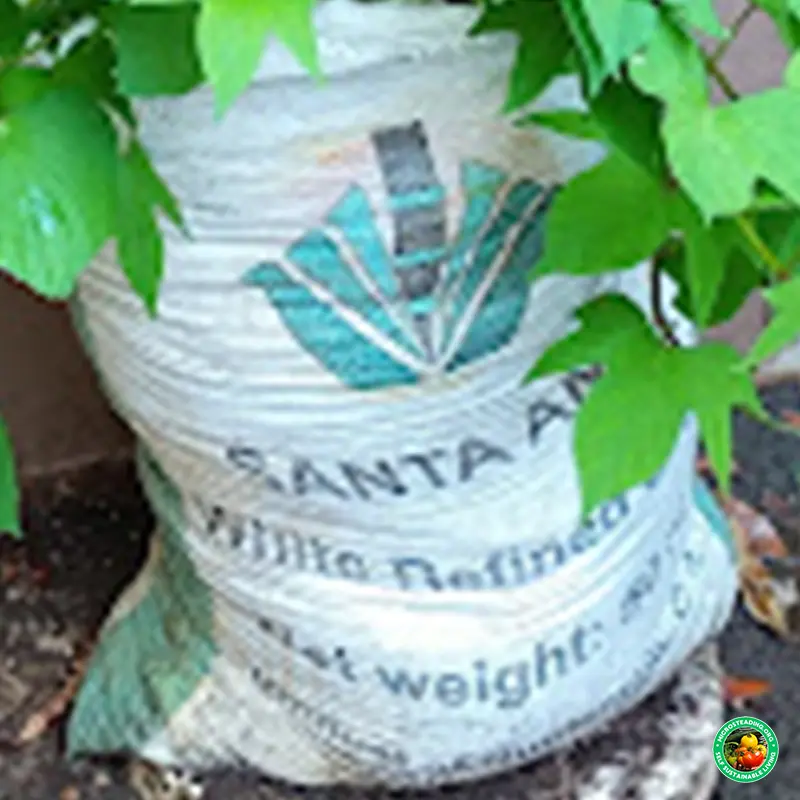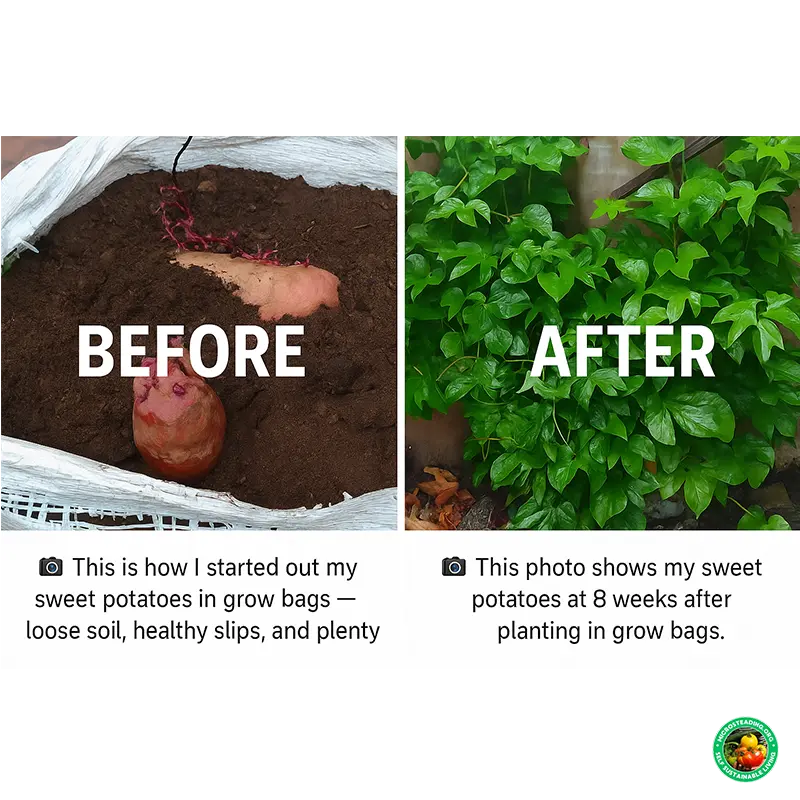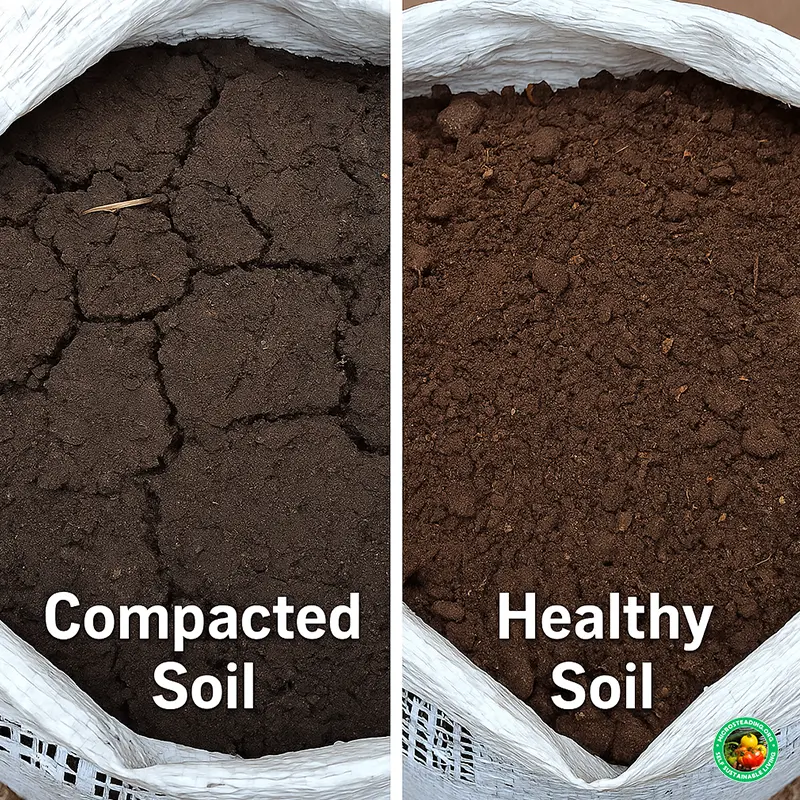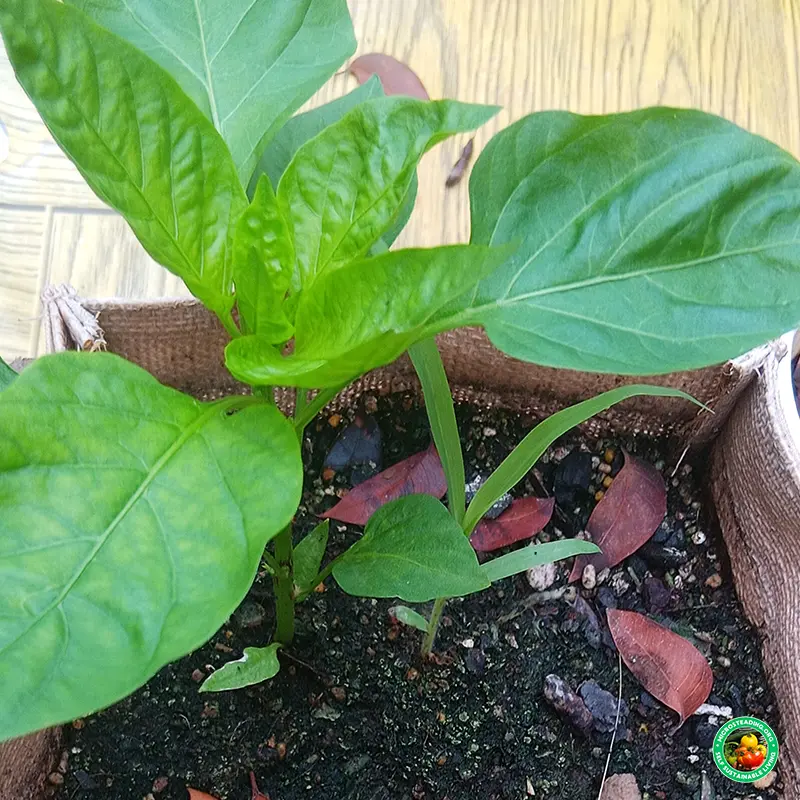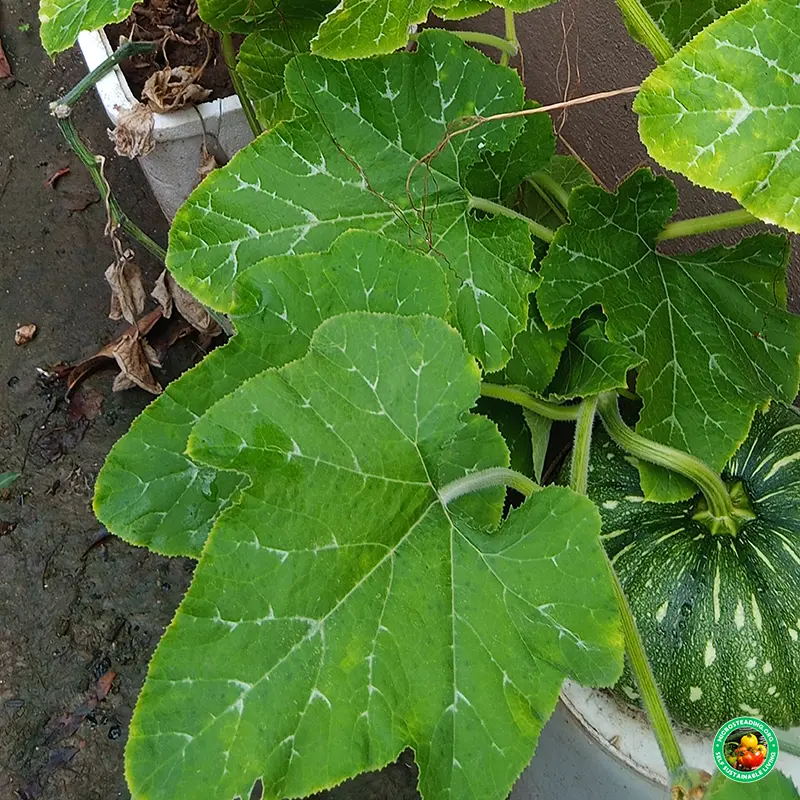How to Water Grow Bags Efficiently
Watering might seem simple, but when it comes to grow bags, it’s one of the biggest make-or-break factors in getting a thriving crop. Containers dry out faster, drain faster, and have a smaller margin for error. That’s why efficient watering isn’t about more water but smarter water.
On my microstead, the tropical sun and wind can suck moisture out of the soil in just hours. But I’ve dialed in a few techniques that help maintain the right balance — and today, I’m sharing them all with you.

🚿 Why Watering Matters More in Grow Bags
Unlike in-ground beds, grow bags:
- Have no access to subsoil moisture
- Drain freely through the sides and bottom
- Lose water faster due to fabric breathability (especially in hot zones)
This means watering too lightly leads to shallow roots. Watering too often can rot your crop or waste nutrients.
The key? Deep, consistent moisture — without drenching or drying.
🕓 When to Water
Here’s a simple way to test:
Stick your finger two knuckles deep into the soil.
If it feels dry, it’s time to water. If it’s damp, wait another day.
In most climates:
- Morning is best — it reduces evaporation and protects leaves
- Evening watering is okay, but it increases fungal risk if leaves get wet
- During extreme heat, you may need to water daily or use shade/mulch
🔗 Want to automate your watering? See How to Set Up a Self-Watering Grow Bag System for my exact recycled bottle setup.
💦 How Much to Water
Don’t just sprinkle the top. Water until:
- It runs out of the bottom
- The full bag is saturated
- The soil feels uniformly damp throughout
Let the top 1–2 inches dry out between sessions to prevent fungus gnats or mold.
Sweet potatoes, tomatoes, or cucumbers in 20+ gallon bags might mean 2–3 liters per session, especially during flowering or fruiting.
🧠 My Personal Tip
I often use a bottle or pitcher with a long spout to deliver water right to the soil line, especially with dense foliage like sweet potatoes. That way, I avoid soaking leaves and minimize waste.
🧵 Use Mulch to Hold Moisture
One of the simplest upgrades? Mulch the surface of your grow bags.
You can use:
- Shredded leaves
- Straw or dry grass
- Coconut husk
- Even cardboard discs with holes cut for the stems
This reduces evaporation dramatically and keeps roots cool, especially in black grow bags or on hot surfaces.
🌱 Bolt-Resistant Watering for Lettuce & Greens
Lettuce and leafy greens can “bolt” (go to seed) prematurely when the soil dries out. I learned this firsthand during my first rainy-to-dry season transition.
If you're growing lettuce in grow bags:
- Water consistently
- Use light mulch
- Choose bolt-resistant varieties (like Jericho or Coastal Star)
🔁 Adjust for the Crop
Some crops are thirstier than others. Here’s a quick breakdown:
- Heavy drinkers: tomatoes, cucumbers, melons, sweet potatoes
- Moderate: lettuce, kale, chard, beans
- Low: carrots, radishes, garlic, rosemary
🔗 Visit Top 5 Crops for Grow Bags to see which ones thrive even with lower input.
🧪 Watch for Signs of Poor Watering
Too much water:
- Yellowing leaves
- Mushy stems
- Fungus gnats
Too little water:
- Wilting
- Curled or scorched leaves
- Slow or stunted growth
Consistent water helps you avoid both. And if you’re using one of my recommended soil mixes, you’ll already have a strong moisture-holding base.
🧩 Bonus: Add a Watering Schedule
Set up a simple system:
- Monday / Thursday = deep water
- Sunday = compost tea
- Daily check-in for wind, sun, and heat stress
If you’re growing in more than 3 bags, labeling each with a small watering log tag can help avoid over- or under-doing it.
Watering in grow bags isn’t just about keeping plants alive — it’s about helping them thrive. With a few smart techniques — deep watering, mulch, drip control, and crop-specific care — you can maintain consistent soil moisture and watch your garden explode with life.
One adjustment to your routine can turn stress into success. Keep it steady, keep it simple — and let the grow bags do their work.


